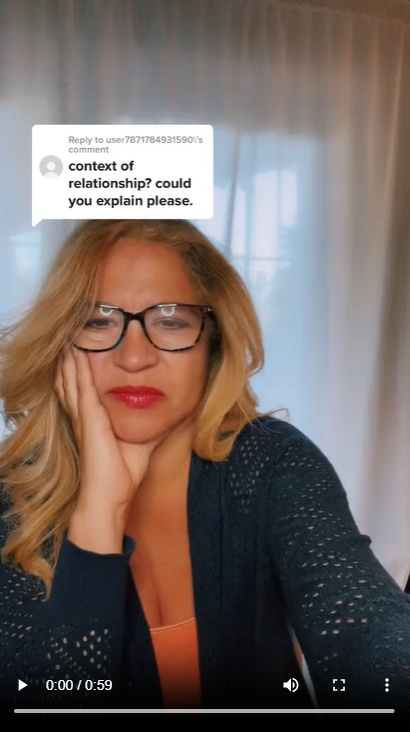What Does “Context of Relationship” Mean in Polyamory?
“I love you, in context.”
It’s a phrase I use often, especially when I’m talking about my comet or side-piece partners, but I realize it might be unfamiliar if you’re new to polyamory or relationship dynamics that live outside of the traditional script.
So let’s break it down.
The context of a relationship is essentially the container that defines it. It’s the mutual understanding between two people about how the relationship works—its boundaries, frequency, form, expectations, and how each person engages in it. It’s about clarity. It’s about agreements. And it’s about love that’s shaped intentionally rather than assumed.
Let me give you a real-world example from my life.
One of my long-time partners is Orion. We’ve been in each other’s lives for a few years, and while we have a strong emotional connection, our relationship has always lived within a very specific context. He lives out of state and travels to Florida for work. That’s when I see him—when he’s in town.
We don’t text every day. We don’t call when he’s home. I don’t expect nightly updates or constant access. We’ve designed our relationship to exist during those moments when he’s traveling for work—when he’s in a space where our connection can come alive without interfering with his life at home. I’m his Sidepiece.
That’s our context. And it’s something we both agreed to.
So when I told him, “I love you in the context of our relationship,” I wasn’t minimizing my love. I wasn’t placing conditions on it. I was honoring the way our relationship fits into both of our lives. I love him in the time and space we share. I love him deeply and fully during the weekends or the nights when he’s here. I send him pictures and sweet messages when I know he’s alone on the road, but I step back when he’s home with his wife—because I respect their time together, and because that’s part of our agreement.
In polyamory, this kind of clarity can be a game-changer. It helps everyone involved know where they stand, what’s expected, and how to engage respectfully. Instead of making assumptions or falling into misaligned expectations, we choose. We talk. We define what works for us.
And this doesn’t just apply to side-piece relationships. Every connection—whether it’s with a nesting partner, a comet, a play partner, or a romantic companion—has its own context. Some relationships are deeply emotional but not sexual. Others are playful and physical but not romantic. Some are everyday partnerships, while others come around just once or twice a year. All of them are real. All of them are valid.
Much like friendship, right? You might golf with one friend, and do movies with another. I happen to vacation with a friend that likes to travel. We all have people that we choose to do specific things with or see at specific times.
What matters is the mutual agreement.
When you hear someone use the term “context of the relationship,” they’re talking about the intentional framework that defines their connection. It’s how they choose to love each other in a way that fits their lives, their schedules, their hearts.
For me, that kind of love—love with boundaries, clarity, and mutual respect—is the most freeing of all. I don’t need to have “more” of Orion to love him completely within the space we’ve created. And that, to me, is what makes this way of loving, and living life, so powerful.
So if you’re navigating polyamory or any kind of non-traditional relationship structure, start by defining the context. What do you both want? What works? What doesn’t? Build from there. Because when the foundation is clear, love has all the room it needs to grow.

